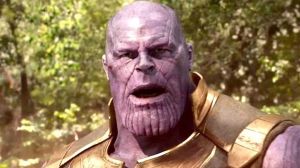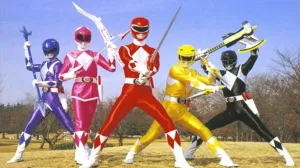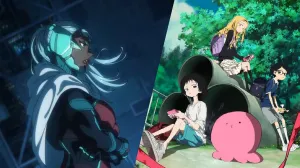The release of Avengers: Infinity War was a landmark event for blockbuster cinema, delivering the epic culmination of a ten-year narrative experiment and bringing together nearly every corner of the Marvel Cinematic Universe to confront a single threat. The 2018 film completely upended audience expectations and redefined the scale of superhero storytelling, but its true legacy was cemented in its final haunting moments. For the first time, a major comic book film ended with the heroes suffering an absolute defeat. Thanos won (Josh Brolin), half of all life turned to dust, and viewers were left grappling with a level of on-screen loss that was truly groundbreaking.
Videos by ComicBook.com
Beyond its universe-altering plot and devastating ending, Infinity War holds up as a masterpiece of the superhero genre because of its staggering attention to detail. Directors Joe and Anthony Russo, along with their creative team, layered the film with subtle callbacks, quiet character beats, and clever visual cues that reward the most dedicated fans. These details are evidence of incredible craftsmanship that went into Infinity War, each one enriching the story and honoring the decade of canon that came before it. These are our picks for the details that elevate the movie from a great spectacle to a brilliant piece of filmmaking.
1) The Soul Stone’s Pavilion
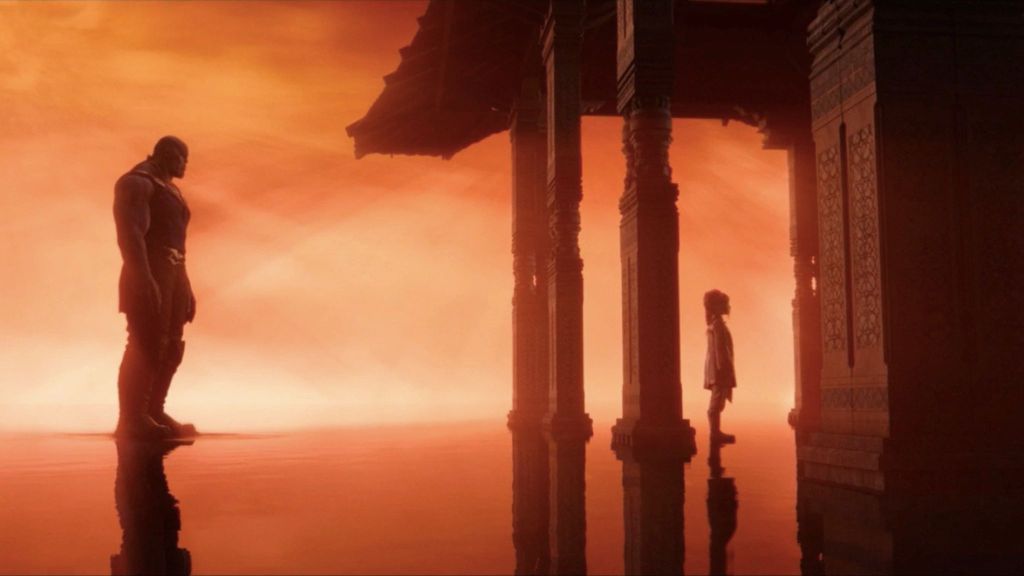
When Thanos confronts young Gamora (Ariana Greenblatt) inside the Soul Stone at the end of Avengers: Infinity War, the scene takes place in a surreal orange-hued pavilion. At first glance, it seems like a dreamlike space, but closer inspection reveals that the structure closely resembles the ceremonial platform from her home planet, Zen-Whoberi. The architectural echo is a piece of environmental storytelling that underlines how the Soul Stone operates.
By anchoring the internal space of the Soul Stone to Gamora’s (Zoe Saldaña) memory, the film suggests that the Stone traps the essence of those sacrificed to activate it. This also explains why her death, much like Black Widow’s (Scarlett Johansson) in Avengers: Endgame, couldn’t be undone with the Infinity Gauntlet. It wasn’t just her body that was lost, but her very soul, absorbed as payment. This small visual detail connects cosmic lore with emotional storytelling, showing how Infinity War uses subtle design choices to reinforce deeper themes of loss, consequence, and permanence.
2) Doctor Strange’s Unsteady Hands
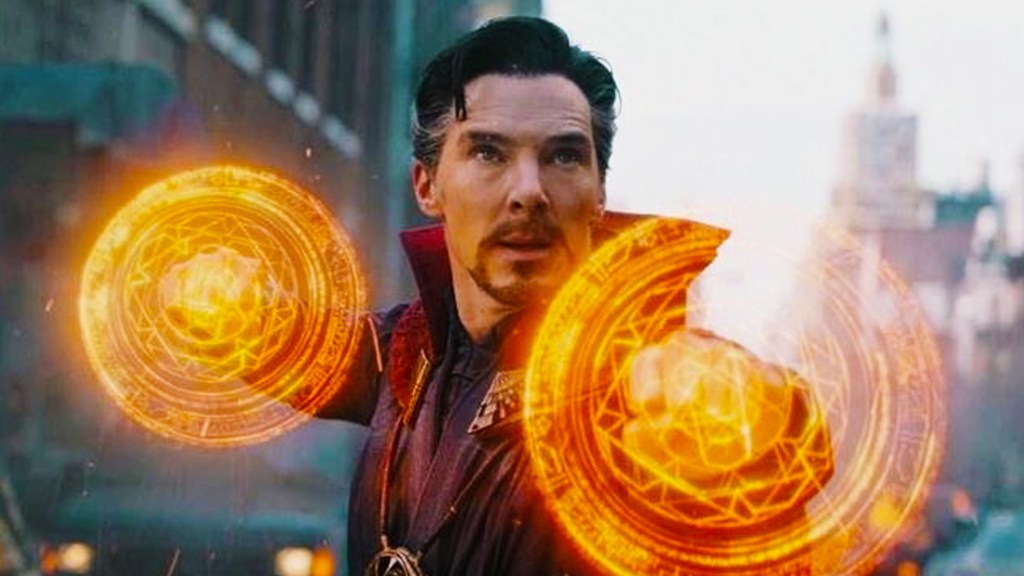
The origin story of Doctor Strange (Benedict Cumberbatch) is rooted in physical trauma. He was a world-class surgeon whose career was destroyed in a car crash that shattered the nerves in his hands, leaving them with an uncontrollable tremor. While his journey into the mystic arts gave him a new purpose and immense power, the magic never fully healed his physical injuries. This is a critical piece of his character that Infinity War makes a point to remember in a subtle but consistent visual detail that many viewers may have overlooked.
Throughout the film, whenever Strange is not actively casting a spell, his hands are shown to be visibly shaking. Whether he is manipulating the Time Stone or simply standing in deliberation, the tremor is still there, a constant reminder of the life he lost. It is a brilliant piece of character continuity that grounds his god-like abilities in a very human frailty, reinforcing the idea that his power came at a great personal cost, and the physical sacrifice he made is something he carries with him every moment of every day.
3) Rhodey’s Ever-Present Leg Braces
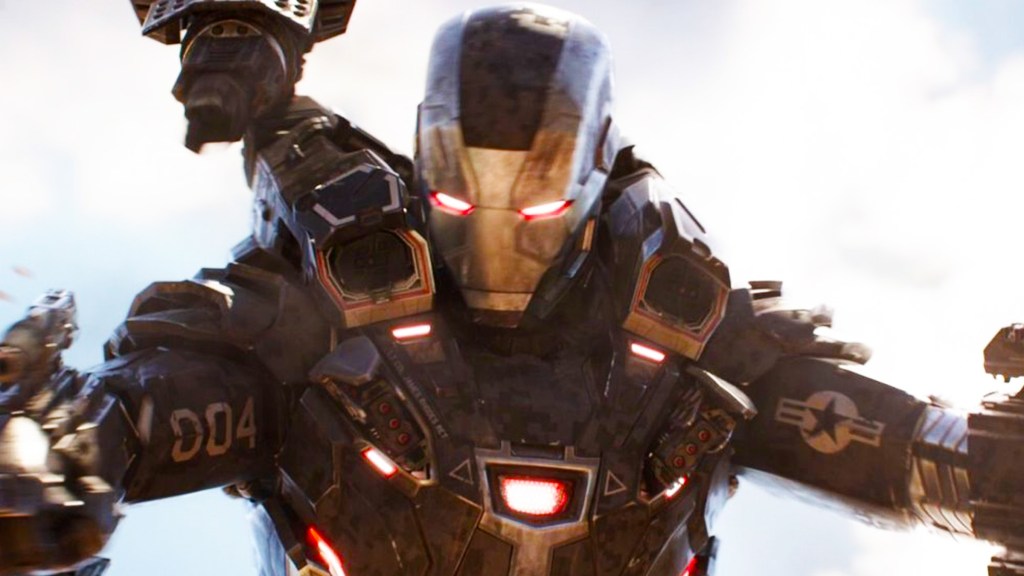
One of the most devastating moments in Captain America: Civil War was James “Rhodey” Rhodes (Don Cheadle) being struck by Vision’s (Paul Bettany) misfired blast, sending him plummeting to the ground and leaving him partially paralyzed. The film ended with him beginning his recovery, aided by exoskeletal leg braces designed by Tony Stark. While he was back in action as War Machine, Infinity War makes it clear that the physical cost of that battle was permanent. In scenes where Rhodey appears out of his armor, his leg braces are consistently visible under his clothing.
This detail is a fantastic example of long-term serialized storytelling, carrying the consequences of one film directly into another. It would have been easy to simply have Rhodey be miraculously healed, but the filmmakers chose to keep this detail to show that the heroes’ conflicts have life-altering repercussions. It is a quiet confirmation that the events of Civil War left permanent scars, both physically and emotionally, and it reinforces the very real stakes these characters face every time they suit up.
4) Tony Stark’s Calculated Sacrifice
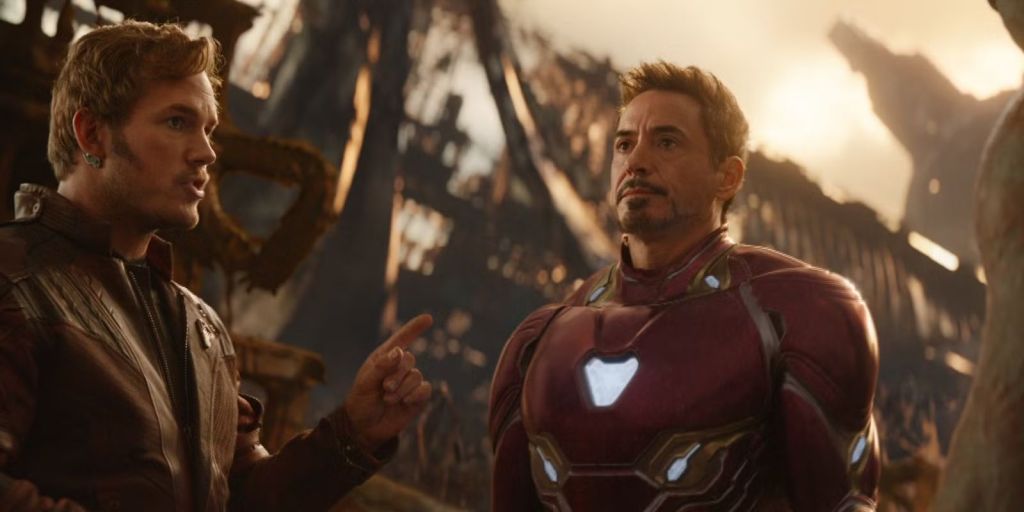
A pivotal moment in Avengers: Infinity War occurs aboard Ebony Maw’s (Tom Vaughan-Lawlor) ship when Doctor Strange asks Tony Stark if he can turn the vessel around and head back to Earth. Tony, after a moment of deep deliberation, makes the unilateral decision that they are not going back. Instead, they will take the fight to Thanos on his home turf. What many MCU fans might fail to realize is that Tony has no idea what awaits him on Titan at that point. For all he knows, Titan is a thriving world populated by a species as powerful as Thanos, backed by his entire army.
In that moment, Stark is knowingly flying into what is almost certain death, and he is doing it to keep the battle away from Earth. This decision perfectly illustrates his character arc across the entire MCU. He has evolved from the self-absorbed industrialist of the first Iron Man into a true hero who is willing to make the ultimate sacrifice to protect innocent people.
5) The Chitauri’s Sinister Protocol
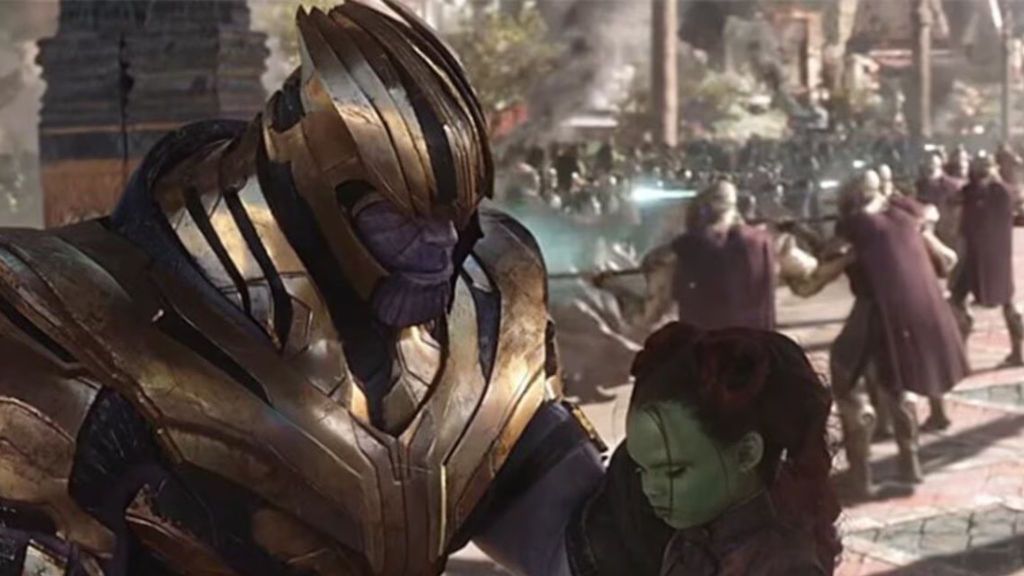
Early in Avengers: Infinity War, a flashback to young Gamora’s home planet shows Thanos’ army rounding up civilians. The Chitauri form organized lines, separating the population into two groups before executing half. While brutal, the sequence mirrors a past event that MCU fans have seen before during the Battle of New York in The Avengers.
Back then, the Chitauri seemed almost lazy, standing around and waiting for the heroes to attack after rounding up civilians inside a building. Infinity War reframes that early scene by explaining how the Chitauri operate under Thanos’ ideology, killing half the local population once the battle is won. Their disciplined execution of population control on Zen-Whoberi shows how deeply embedded Thanos’ doctrine is within his forces, which is also what can explain their trestrains face New York’s civilians in The Avengers. This detail enhances the MCU’s internal consistency, using a key scene to reshape how audiences view the franchise’s first major alien invasion.
6) The Shared Hope of Tony and Vision
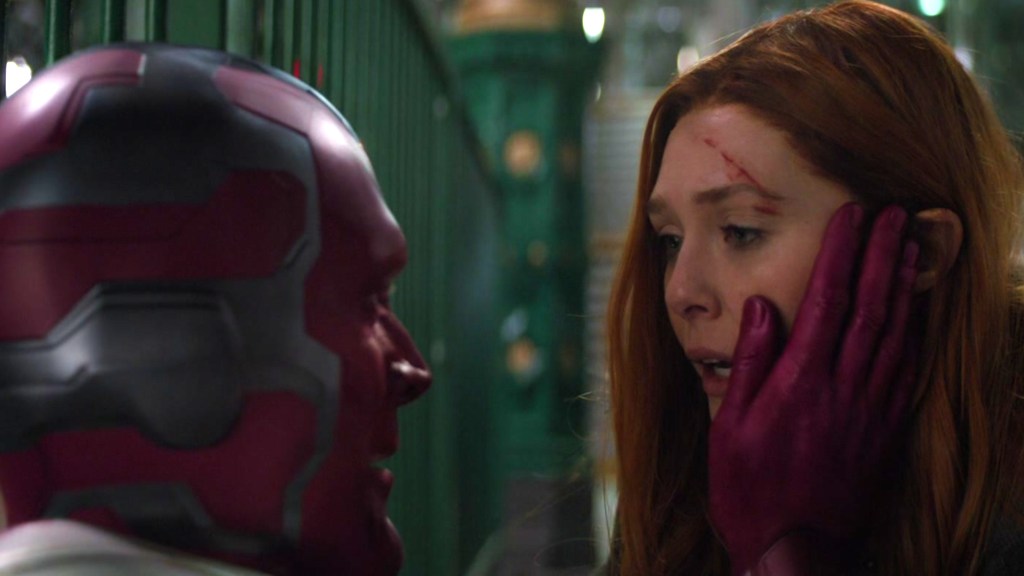
In Avengers: Infinity War, Tony Stark opens the film with the surprising admission that he dreamed he and Pepper Potts (Gwyneth Paltrow) were expecting a child. For a man who once called emotional detachment a virtue, the idea of fatherhood marks a massive shift, as he now wants peace, permanence, and a future beyond the battlefield. That quiet reveal at the start of the film sets the tone for Stark’s entire arc, framing every decision he makes as part of a larger hope to escape the never-ending war he helped create.
Later in the film, Vision expresses a nearly identical longing. While hiding out in Edinburgh with Wanda Maximoff (Elizabeth Olsen), he pleads with her to stay off the grid permanently, offering her love and a normal life. That parallel isn’t accidental. Infinity War uses these mirrored desires to link creator and creature, both desperate for something the universe won’t let them have. It’s a thematic backbone that allows the film to frame their shared dream as a doomed luxury, instantly raising the emotional stakes for what’s coming next.
7) Thor’s Desperate New Eye
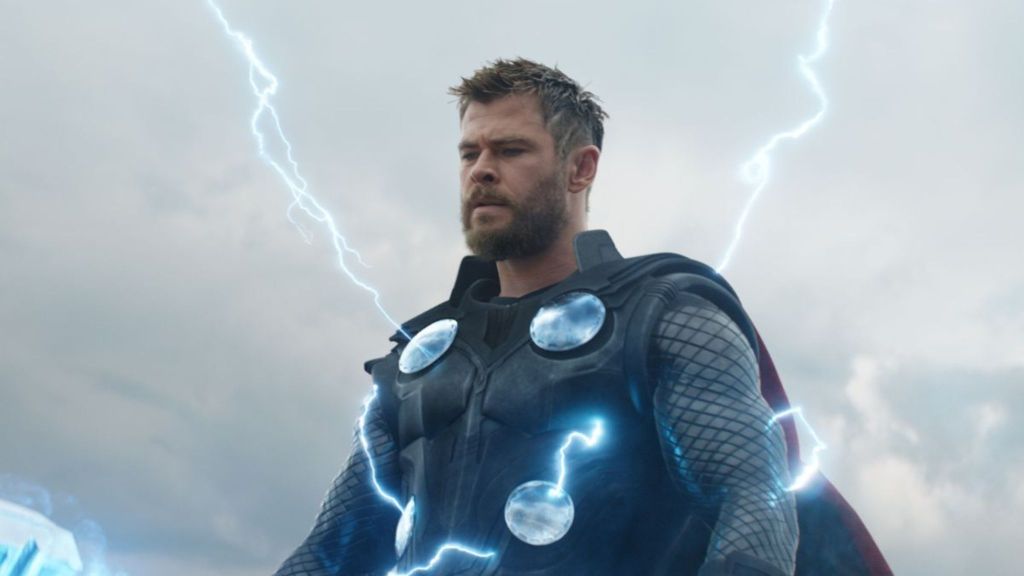
At the start of Avengers: Infinity War, Thor is still wearing the eyepatch he received in Thor: Ragnarok, a visible reminder of everything he’s lost in that movie, including his home and his father (Anthony Hopkins). Thor’s loss is compounded in Infinity War, where Thanos quickly slays the Asgardians and murders Loki (Tom Hiddleston) in cold blood. When he boards the Guardians’ ship, Rocket (Bradley Cooper) offers him a stolen cybernetic eye with no explanation. Thor doesn’t ask where it came from or whether it works. He just installs it immediately and moves on.
While the moment is played for paughs, it also underlines Thor’s state of mind. He no longer cares about his appearance or his own well-being, as all that remains is an all-consuming need for a weapon capable of killing Thanos. To achieve this goal, Thor is willing to take any tool he can get, even a dirty prosthetic eye. This small detail is a window into his soul, showing a hero so broken that he puts vengeance ahead of pride or personal safety.
Avengers: Infinity War is currently available on Disney+.
Which other Infinity War details do you think are the most brilliant? Share your picks in the comments!

